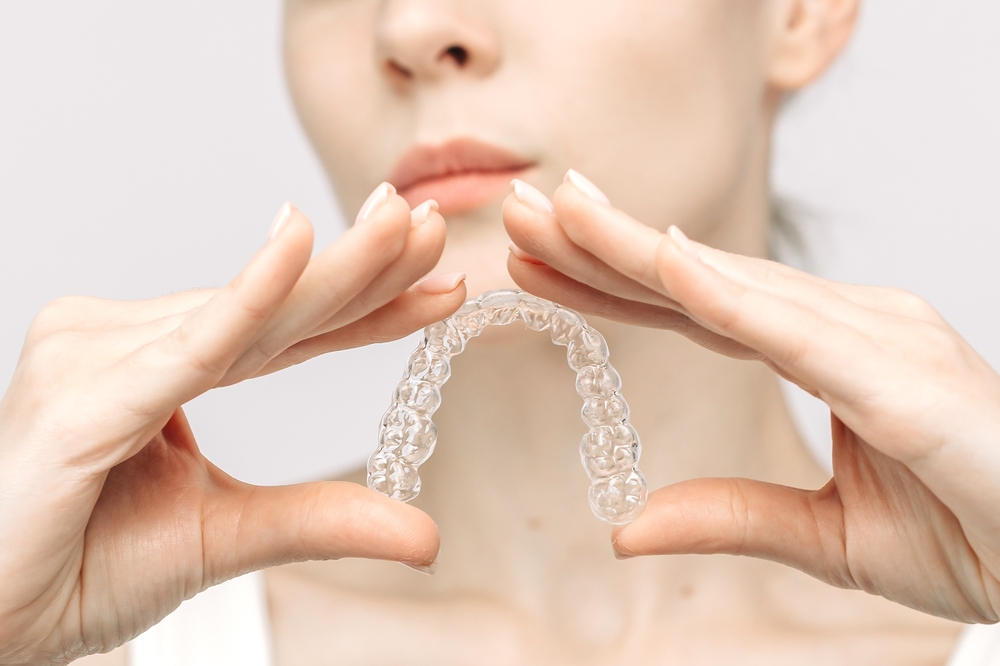Clear Braces vs. Traditional Braces: Pros and Cons
When it comes to achieving a straighter smile, modern dentistry offers several orthodontic treatment options. Two of the most popular methods for teeth straightening are clear braces and traditional metal braces. While both are effective, each has its own set of advantages and disadvantages depending on the patient’s lifestyle, dental condition, and personal preferences. This article will help you understand the pros and cons of clear braces versus traditional braces to guide you toward the best decision for your smile.
Understanding the Basics
Clear braces are similar in shape and size to traditional braces but are made from tooth-colored or transparent materials, making them less noticeable. Invisible aligners, such as Invisalign, fall under the umbrella of clear braces and are removable trays customized to gradually move teeth into place.
On the other hand, traditional braces consist of metal brackets and wires that are fixed to the teeth and periodically adjusted by an orthodontist. Both methods are effective, but they offer very different experiences during the course of orthodontic treatment.
Pros of Clear Braces and Invisible Aligners
1. Aesthetic Appeal
The most obvious advantage of clear braces and invisible aligners is their subtle appearance. These options are ideal for teens and adults who are self-conscious about wearing braces. Because they blend in with your natural teeth or are completely transparent, they are far less noticeable than metal braces.
2. Comfort and Convenience
Invisible aligners are made of smooth plastic, which is often more comfortable than metal brackets that can irritate the inside of the mouth. Additionally, aligners can be removed while eating or brushing, making them convenient and hygienic.
3. Fewer Dietary Restrictions
Since invisible aligners are removable, there are no food restrictions during orthodontic treatment. Traditional braces often require avoiding sticky or hard foods that can damage the brackets.
4. Easier Oral Hygiene
Maintaining oral hygiene is generally easier with clear braces or aligners. Because you can remove invisible aligners, brushing and flossing are simpler compared to working around metal brackets and wires.
Cons of Clear Braces and Invisible Aligners
1. Not Suitable for Complex Cases
Clear braces and invisible aligners are excellent for mild to moderate teeth straightening, but they might not be ideal for complex orthodontic issues. Traditional braces offer more precise control for complicated alignment problems.
2. Discipline Required
For invisible aligners to be effective, they must be worn for 20–22 hours a day. Some patients, especially teenagers, may forget to wear them consistently, which can prolong treatment.
3. Higher Cost
Clear braces and invisible aligners are generally more expensive than traditional braces. Insurance may not always cover the full cost, making it a significant financial consideration.
4. Potential for Loss or Damage
Since aligners are removable, there is a risk of losing or damaging them. Replacement trays can be costly and may delay progress in your orthodontic treatment.
Pros of Traditional Braces
1. Effective for Complex Issues
Traditional metal braces are highly effective for treating complex teeth straightening needs, including severe crowding, large gaps, and jaw misalignment.
2. No Compliance Needed
Unlike invisible aligners, traditional braces are fixed and cannot be removed. This ensures that the treatment progresses without relying on patient compliance.
3. Lower Initial Cost
Metal braces usually cost less than clear braces or aligners. For patients on a budget, they can be a more accessible option for achieving a straighter smile.
Cons of Traditional Braces
1. Aesthetic Concerns
One of the main drawbacks of traditional braces is their appearance. The metal brackets and wires are very noticeable, which may affect a person’s confidence, especially in social or professional settings.
2. Oral Discomfort
Traditional braces can cause discomfort, especially after adjustments. The metal components can also irritate the cheeks and gums.
3. Difficult Oral Hygiene
Brushing and flossing with metal braces require more effort and time. Food can easily get trapped in the brackets, increasing the risk of plaque buildup and cavities.
4. Dietary Restrictions
Patients with traditional braces need to avoid certain foods that can break the brackets or get stuck in the wires. This includes hard candies, popcorn, and sticky snacks.
Which Option is Right for You?
Choosing between clear braces, invisible aligners, and traditional braces depends on multiple factors:
- Complexity of Your Case: Severe misalignments may require traditional braces.
- Lifestyle and Discipline: If you’re diligent and prefer a discreet look, invisible aligners might be your best bet.
- Budget Considerations: Traditional braces are more affordable but less aesthetic.
- Age and Personal Preference: Teenagers might be better suited for fixed braces to ensure compliance, while adults may prefer the discreetness of clear braces or aligners.
Consulting with an orthodontist is essential to determine the most suitable orthodontic treatment plan for your unique needs. No matter the method you choose, the ultimate goal remains the same—achieving a healthier, more confident smile through effective teeth straightening.
Final Thoughts
In the battle of clear braces vs. traditional braces, there’s no one-size-fits-all answer. Each has its strengths and limitations. By weighing the pros and cons carefully and considering your individual needs, you can make a well-informed decision. Whether you opt for the subtlety of invisible aligners or the proven reliability of traditional metal braces, modern orthodontic treatment options ensure you’re on the right path to a better smile.

